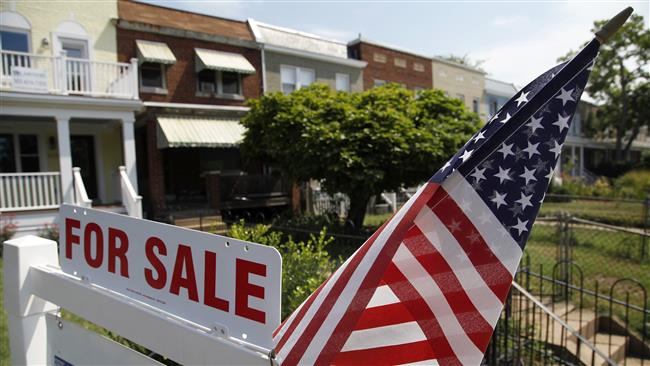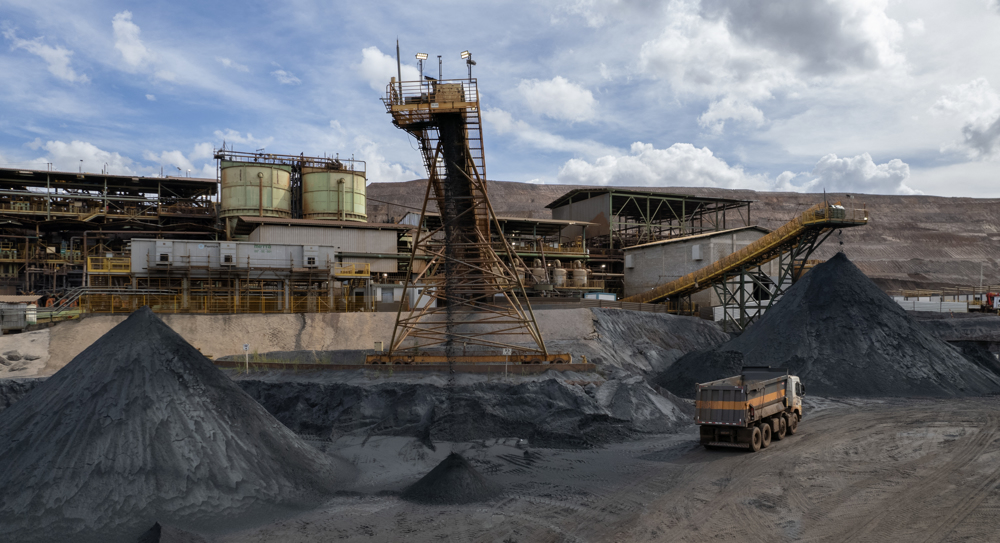US homes sales accelerate; supply still a constraint
US home sales increased more than expected in October as hurricane-related disruptions dissipated, but a chronic shortage of houses which is pushing prices beyond the reach of some first-time buyers remains an obstacle.
The National Association of Realtors said on Tuesday that existing home sales rose 2.0 percent to a seasonally adjusted annual rate of 5.48 million units last month. September's sales pace was revised down to 5.37 million units from the previously reported 5.39 million units.
Economists polled by Reuters had forecast home sales rising 0.7 percent to a 5.42 million-unit rate in October. The NAR said sales in Houston and Jacksonville, regions which bore the brunt of Hurricanes Harvey and Irma, had rebounded. Sales in South Florida, however, remained weak last month.
The Realtors group said it expected activity in the areas affected by the storms to fully recover by the end of the year. However, it cautioned that a proposed US tax reform measure targeting the popular mortgage interest deduction could hurt the housing market.
The South, which accounts for almost half of the existing homes sales market, recorded a 1.9 percent increase in sales last month. There were also gains in sales in the Northeast, Midwest and West regions.
The PHLX housing index was trading higher in line with a broadly firmer market. The dollar slipped against a basket of currencies while prices for US Treasuries rose.
Existing home sales make up about 90 percent of US home sales. They fell 0.9 percent on a year-on-year basis in October and remained well below a 10-year-high 5.70 million-unit pace touched in March. Sales have been restrained by an acute shortage of properties, which is exerting upward pressure on house prices, and sidelining some first-time buyers.
The number of previously owned homes on the market fell 3.2 percent to 1.80 million units in October, a record low for the month. Supply was down 10.4 percent from a year ago.
Housing inventory has dropped for 29 straight months on a year-on-year basis. At October's sales pace, it would take 3.9 months, a seven-month low, to exhaust the current inventory, down from 4.2 months in September.
As a result, the median house price increased 5.5 percent from a year ago to $247,000 in October. That was the 68th consecutive month of year-on-year price gains. In contrast, annual wage growth has struggled to break above 2.9 percent since the 2007/09 recession ended.

Builders have failed to plug the inventory gap, citing land and labor shortages, as well as expensive raw materials. A report last week showed housing starts surged 13.7 percent to a 1.29 million-unit pace in October. Housing completions increased 12.6 percent to a rate of 1.232 million units last month, the highest level since February 2008.
Realtors estimate that housing starts and completions need to be in a range of 1.5 million to 1.6 million units to bridge the inventory shortfall. Investment in homebuilding has contracted for two consecutive quarters.
Underscoring the strong demand for houses, homes sold in October typically stayed on the market for 34 days. That compared to 41 days a year ago.
In October, first-time buyers accounted for 32 percent of transactions, well below the 40 percent share that economists and realtors say is needed for a robust housing market, but up from 29 percent in September.
(Source: Reuters)
VIDEO | Global tributes pour in as Beirut mourns martyred Hezbollah leaders Nasrallah and Safieddine
‘We are in the covenant’: Hezbollah leaders' funeral becomes a rallying cry for resistance
EU imposes new sanctions on Russia on third anniversary of Ukraine war
VIDEO | Iran puts advanced jet into operation for first time during major joint drills
Iraq warns Syria over security threats posed by Daesh remnants
Nasrallah warned Israel’s war on Gaza threatens entire region: Islamic Jihad
Iran Ground Force deploys live firepower to back up Navy during major maneuvers
‘Lasting epic’: Iran top general says Beirut funeral marked new era for resistance ideology










 This makes it easy to access the Press TV website
This makes it easy to access the Press TV website